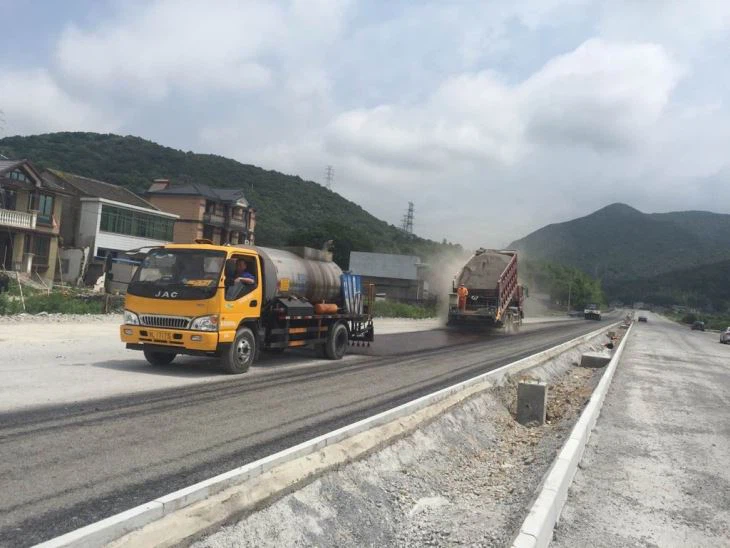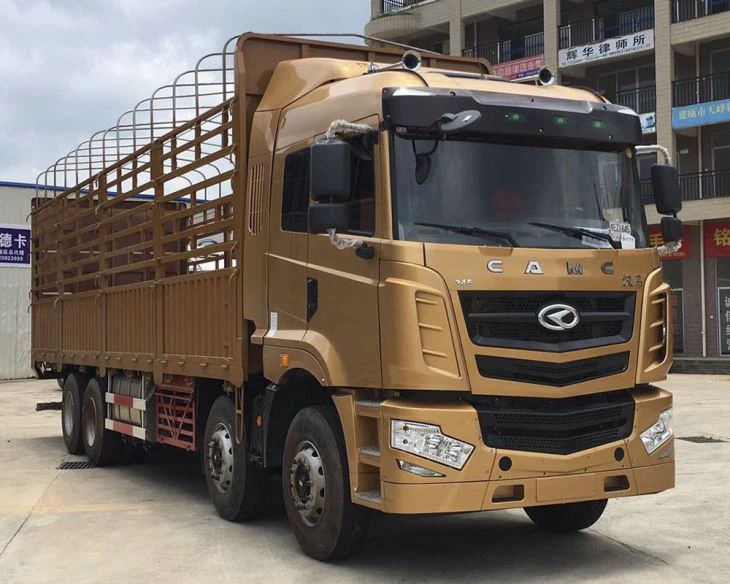The Ultimate Guide to Cascade Carts: Transforming Your Shopping Experience

Introduction
Cascade carts have emerged as a revolutionary tool in the world of e-commerce, providing a seamless shopping experience. With the rise of online shopping, consumers are increasingly looking for ways to enhance their purchasing journey. A cascade cart not only streamlines the selection process but also optimizes the checkout experience. In this comprehensive guide, we will explore what cascade carts are, how they work, their benefits, and why they are essential for modern businesses. Whether you’re a consumer or an entrepreneur, understanding the intricacies of cascade carts can significantly benefit your shopping habits and improve business strategies.
What is a Cascade Cart?
A cascade cart refers to a dynamic shopping cart system designed to improve the user experience on e-commerce platforms. Unlike traditional shopping carts, cascade carts adapt based on user behavior and preferences, allowing for a more personalized shopping experience. They employ algorithms that analyze customer interactions, providing tailored product suggestions and discounts as shopping progresses.
How Cascade Carts Work
Cascade carts function using a combination of user data analysis, artificial intelligence (AI), and machine learning algorithms. When a user adds items to their cart, the cascade cart collects data on their buying habits, frequently viewed products, and abandoned items. This data is then utilized to suggest complementary products, creating a cascade effect that encourages additional purchases.
Key Features of Cascade Carts
- Smart Recommendations: Suggests products based on browsing history and cart contents.
- Abandoned Cart Recovery: Sends reminders and offers to encourage customers to complete their purchases.
- Discounts and Offers: Automatically applies relevant discounts or bundle offers as the cart accumulates items.
- Easy Navigation: Allows users to modify quantities or remove items effortlessly.
The Importance of Cascade Carts in E-Commerce
As e-commerce continues to grow, so does the necessity for businesses to enhance their digital shopping platforms. Cascade carts are important for several reasons:
Enhanced User Experience
Cascade carts simplify the buying process for consumers by providing tailored suggestions, removing the friction associated with decision-making. This not only boosts customer satisfaction but also increases sales conversion rates.
Increased Average Order Value (AOV)
By suggesting complementary products, cascade carts encourage customers to add more items to their orders. For instance, if a customer adds a camera to their cart, the system may suggest a memory card and camera bag, increasing the AOV.
Reduced Cart Abandonment Rates
Abandoned carts represent a significant loss in potential revenue. Cascade carts address this issue by sending reminders and personalized offers to customers who have left items in their carts. According to statistics, targeted emails can recover up to 10% of abandoned carts.
Implementing a Cascade Cart: A Step-by-Step Guide
Integrating a cascade cart into your e-commerce platform can seem daunting. However, by following these steps, you can successfully implement this cutting-edge feature.
Step 1: Choose the Right E-Commerce Platform
To implement a cascade cart, select a robust e-commerce platform that offers advanced plugin capabilities, such as WooCommerce, Shopify, or Magento. Ensure that the platform supports third-party integration for cascade cart functionality.
Step 2: Select a Cascade Cart Plugin
Many e-commerce platforms offer cascade cart plugins that you can install. Research and choose one that fits your business needs. Look for features like user-friendly interfaces, recommendation engines, and analytics tracking.
Step 3: Customize Your Cascade Cart

Customize the appearance and functionality of your cascade cart to align with your brand’s identity. Ensure that it seamlessly fits within your website’s design and enhances the overall shopping experience.
Step 4: Analyze User Data
To optimize your cascade cart, collect and analyze user data continuously. This allows you to adjust product recommendations based on shopping trends and user behavior.
Step 5: Test and Adapt
It’s crucial to monitor the effectiveness of your cascade cart after implementation. Use A/B testing to determine which features resonate most with your customers, and adapt your offerings accordingly.
Practical Examples of Cascade Cart Functionality
Understanding how cascade carts function is more accessible through practical examples. Here are a few scenarios where cascade carts shine:

1. Tech Retailer Example
A customer browsing a tech retailer’s website adds a laptop to their cart. The cascade cart then suggests accessories like a laptop bag, mouse, and software, effectively increasing the number of items in the cart.
2. Fashion Retailer Example
A shopper adds a dress to their cart. The cascade cart recommends shoes and accessories that match the style of the dress, enhancing the shopping experience and potential order value.
3. Grocery Store Example
A customer picks up a pack of pasta. The cascade cart may suggest sauce options, cheese, and garlic bread, encouraging complete meal purchases.
Common Challenges with Cascade Carts
While cascade carts offer many benefits, implementing them comes with challenges that businesses must navigate:
Data Privacy Concerns
Collecting and utilizing user data raises privacy issues. Businesses must ensure compliance with data protection regulations, like GDPR, to maintain customer trust.
Integration Issues
Integrating cascade carts with existing systems can sometimes lead to technical difficulties. It’s crucial to work with experienced developers to ensure seamless implementation.
Cost Considerations
While many plugins are available, some can be costly, especially for small businesses. Assessing the return on investment (ROI) will help in making informed decisions.
Best Practices for Optimizing Cascade Carts

To maximize the effectiveness of a cascade cart, consider the following best practices:
1. Personalization
Utilize customer data to personalize product recommendations based on past purchases and browsing history. This increases the chances of conversions.
2. Real-Time Analytics
Implement real-time analytics to track how users interact with the cascade cart. This data can guide adjustments and improvements in the shopping experience.
3. Continuous Testing
Regularly test different aspects of your cascade cart, such as product suggestions and discounts, to identify which combinations drive the highest results.
4. User Feedback
Gather feedback from customers about their shopping experience. This insight can provide valuable information on areas needing enhancement.
Future Trends in Cascade Carts
The future of cascade carts is bright, with several trends expected to shape their evolution:
AI and Machine Learning Growth
As AI and machine learning technologies evolve, cascade carts will become even more intuitive, providing insight-driven suggestions that feel almost predictive.
Voice Shopping Integration
With the rise of voice-activated shopping, integrating cascade carts with voice assistants will allow consumers to make purchases hands-free while benefiting from personalized recommendations.
Augmented Reality (AR) Features
AR technology has the potential to revolutionize online shopping. Future cascade carts may integrate AR to help consumers try and visualize products more effectively before purchasing.
Frequently Asked Questions (FAQs)
1. What is the primary purpose of a cascade cart?
The primary purpose of a cascade cart is to enhance the online shopping experience by providing personalized recommendations, encouraging upsells, and reducing cart abandonment rates.
2. How do cascade carts improve sales for online retailers?
Cascade carts improve sales by suggesting complementary products, increasing the average order value, and recovering abandoned carts through targeted reminders and offers.
3. Are cascade carts suitable for all types of e-commerce businesses?
Yes, cascade carts can be beneficial for a variety of e-commerce businesses, from retail and grocery to technology and fashion, as they enhance customer experience and drive sales.
4. Do cascade carts require a significant investment to implement?
Implementing cascade carts can vary in cost, depending on the chosen e-commerce platform and the specific plugins or tools needed. It’s important to assess the potential ROI when considering investments.
5. Can I use cascade carts on mobile shopping platforms?
Yes, many modern cascade carts are optimized for mobile shopping experiences, providing the same personalized and streamlined functionality as on desktop platforms.
6. How can I measure the effectiveness of my cascade cart?
You can measure the effectiveness of your cascade cart through metrics such as conversion rates, average order values, and the percentage of recovered abandoned carts. Utilizing analytics tools can provide deeper insights.
